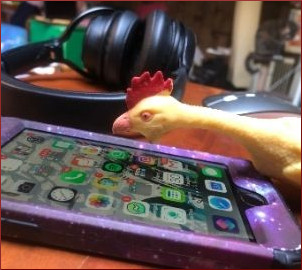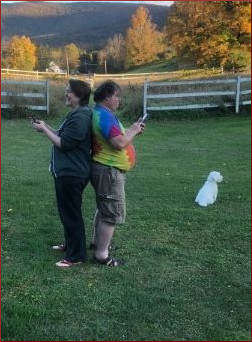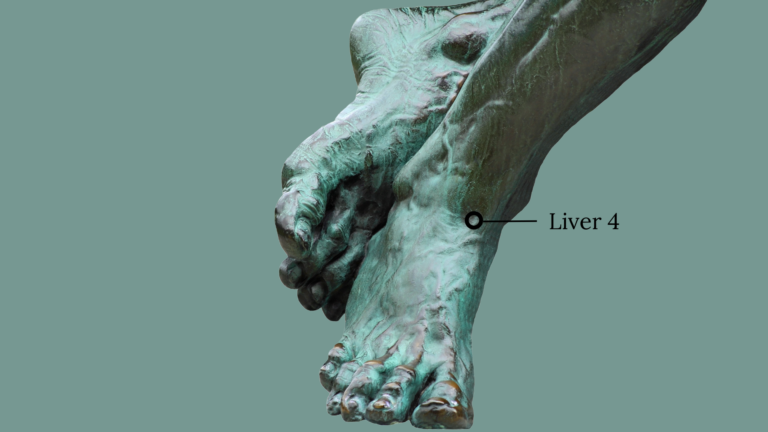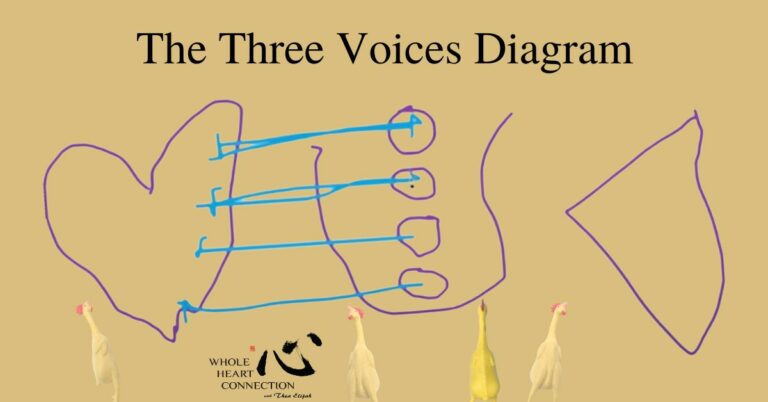Online Health and Hygiene
How many people have had the experience of spending too much time online, but not realizing it until later, when you stop?
How many of us are having the experience, these days, of knowing full well that it’s time to get off the computer, but we can’t—it’s part of our job?

I’d like to discuss this because our relationship with computer (and phone) usage is very important to everyone’s health during this time of accelerated online engagement. We need to learn how to be online in ways that are not detrimental to our health—and we need to be aware of when it is becoming unhealthy so that we can shift before we’ve depleted ourselves.
First, I would like to discuss healthy usage of computers and/or phones for solo personal use, i.e. not for communication with others. There are some important basics that can be covered right away before we take on the second challenge: healthy extended use of technology for direct, real-time engagement with others i.e. Facetime or Zoom meetings.
Online, and In My Body
Here you are right now, reading an article on a computer or phone—
are you in your body?
Stop reading for a moment just to check.
What did you discover?

If you are like most people, you may have found that you are craned forward, that you are barely aware that you even have a body, that your feet seem very far away (a sign that you are totally in your head), and that energetically you are “suctioned” or tunnel-visioned onto the computer or phone.
Hold it right here.

Put one hand on the middle of your chest. If your other hand is free, consider putting it on your lower body. Experiment with looking away from this message, finding yourself, your bones, your weight, your inner space, and then looking back without losing yourself.
Can you read this sentence while also feeling your own body’s internal sensations?
Practice, before moving on. As you begin reading again, how quickly do you lose track of your own body and “disappear” into the text that you are following?
This may take some time and repetition, but it is well worth the rewards of physical health and extended insight that only comes from being in your body.
Can you feel your feet? Try doing a “Qi smear,” using your hands to cover your face, and then slide down from your face, down the whole front of your body, encouraging the Qi that may tend to pool up in your head to flow evenly all the way down your legs to your feet. Feel your feet communicating with the common ground on this earth that connects you to all beings with whom you share conscious space through your computer. Take full responsibility for establishing that in this town, nobody needs to become disembodied in order to participate in the cyber-world.
Can you feel your full weight? If sitting, are you bringing you full weight down into your chair? How much are you trusting your chair? Most people on the computer go either butt-numb or butt-clenched. It’s worth taking extra time to remediate this, even a little bit. Small shifts can make a huge difference.

Are you breathing? How are you breathing—now that I’ve mentioned it and you’re aware of your breathing, see if you can open and allow yourself to “be breathed,” a state of discovering what your body chooses to do with breath when you give over to it in relaxed freedom, in your belly and in your chest.
How’s your back body, and especially the back of your head? Too often, we suffer from a disconnect between mind and heart that is caused by having the neck craned forward while peering at the computer screen. Try turning your head back and forth a few times from the back, i.e. turn your face to the left by turning the back of your head to the right. Then turn your face to the right by turning the back of your head to the left.

Just for contrast, turn your head by moving your face left and right—then go back to using the muscles in the back of your head and neck to turn up and down, side to side. Can you feel the whole line of musculature connecting the back of your head, the back of your neck, the back of your heart, all working together? If so, you are in alignment between head and heart (when you are standing up, you can feel for this alignment all the way down to your tailbone).
Breathe. Breathe. Be breathed, all the way down to the belly. Now—what does it mean to be in your heart, on the computer, fully embodied with light coming through, able to access all of yourself with no sacrifice of wholeness, while reading this?
And can you stay with this wholeness of heart embodied, even as you turn from this article to other tasks and engagements on your computer, including reading and writing emails?
What practices will you put into place in order to remind yourself, when you lose your embodiment while on the computer?

Might I suggest that all reading and writing on the computer be an opportunity to be reminded of our practice? I am considering beginning and ending every single email from now on with the words “On the computer, in my body.” I suggest that we take on the practice, and take it seriously, both for the sake of our own well-being and also as a form of basic politeness to others. I believe that those of us who have not made a practice of being fully embodied while reading and writing email will be amazed to discover how much richer it feels to read an email from someone who was fully embodied and in their heart while that email was written.
Let’s cultivate a healthy online culture, on a me-first basis. It’s a new frontier, and there is a lot to discover. What have you already discovered about online health?
Join the discussion, find the Perennial Medicine listserv here.







